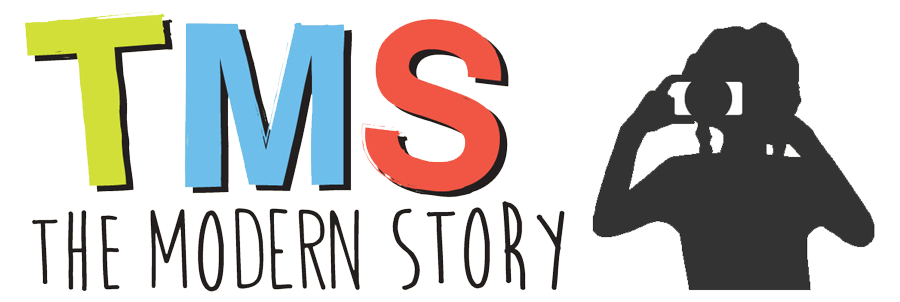These past couple of weeks, the girls at the Railway High School have been eagerly practicing the use of the digital camera, and it has been an absolute pleasure working with them. After learning the technical skills of operating the camera and using its main features, the girls went on a Photo Scavenger Hunt, which is a fun way for them to hone their skills and improve the quality of their pictures. Once they completed the activity and took all the photos on the list, we uploaded them onto the computers using USB cables and card readers, and we critiqued each picture, one by one, discussing elements such as framing, orientation, zooming, perspective and lighting. You can see the photos that the students took on our Flicker page, or by following the link on the left of this page.
Flickr: http://www.flickr.com/photos/21955629@N03/
Once they mastered these skills, we started working on a few photography projects. The first activity consisted of me asking them questions such as “What is friendship?”, “What is injustice?”, “What is your role in society?”, “What does your future look like?”, etc., and asking them to provide the answers in photos. This was inspired by an old pedagogical technique used in Latin America in the 70s: Paulo Freire, a well-respected Brazilian psychologist, used this activity in the slums of Lima, Peru, trying to stimulate the communities’ creativity and civic consciousness by giving them disposable cameras and asking them to use pictures instead of words to answer a series of questions. The experiment successfully demonstrated the subtlety of pictures, rather than written or oral communication, for purposes of self-expression, and proved that the technique is especially effective when used with children. For instance, one of the questions he asked was “What is exploitation?”. In response to this, the adults took pictures of a policeman, a landlord, the tax collector, the rich neighborhoods, and so on – all understandable and somewhat expected answers. However, one of the children who also took part in the activity took a picture of nothing more than a nail on the wall. While all the adults were confused as to the meaning of this, the other kids seemed to be in agreement and to understand the significance of the picture. In the discussion that followed, it transpired that most of the kids in that neighborhood worked in the shoe-shine business. Because all their clients lived far away, in the rich part of town, and the shoe-shine boxes were too heavy for the boys to carry them daily, the kids used to rent a nail (usually in a shop) and keep their shoe-shine boxes there overnight. Thus, for them, that nail on the wall best represented exploitation.
The activity proved very successful with the girls at the Railway HS, and really enabled their creativity to come out. They understood the assignment very well, and even staged intricate poses and situations as responses to the questions. The query “What is your role in society?” was particularly enlightening: while some of the girls took pictures of themselves studying to represent their role as students or learners, others staged situations where one girl was helping another one up, or bandaging her hand, in order to embody the notion of “helper” or “caregiver”. Another rather eco-conscious girl took a picture of a blade cutting a tree in response to “What is injustice?”, while another student photographed herself on a construction site, piling up bricks, to express the concept of “builder” as a reply to “What kind of person do I want to become?”.
I then taught them how to use PowerPoint and integrate these photos in a PowerPoint presentation, and I was extremely impressed with how fast they learned the program and how eager they were to experiment. I showed them the basics of how to add slides, insert text and pictures and modify the layout and design of the slides, and I encouraged them to explore all the different features. By the second class, they were already adding animation effects to the text, selecting crazy colorful fonts, adding dissolve transitions on the pictures and using the slide design templates! You can see their final presentations, which include all the photos they took in response to my questions, and which they created in a mere 3 hours of class time, on our channel on SlideShare: www.slideshare.net/themodernstory
After this brief Q&A experiment, we organized little field trips to take photographs outside the school, about topics they were interested in. We divided the class in 4 groups, and each group went out accompanied by a faculty member. The subjects they chose after a session of brainstorming were: life in the slums, Hindu temples, Hyderabadi traffic and, respectively, a photo-tour of their school. They are now working on putting together PowerPoint presentations of these projects, which will include the pictures they took, supplemented by textual explanations that they wrote to accompany the shots. Stay tuned!








